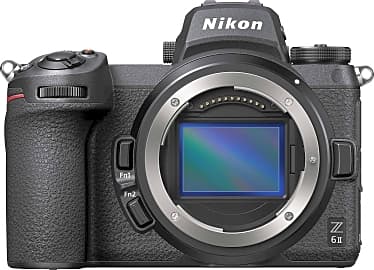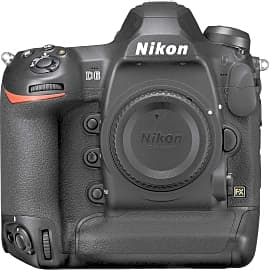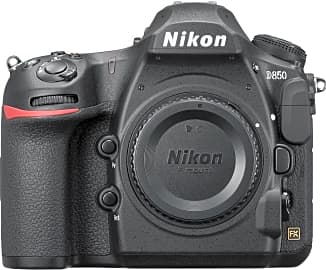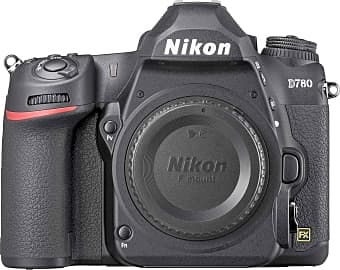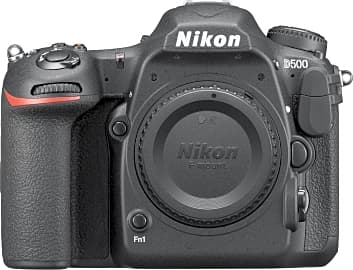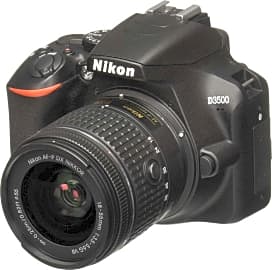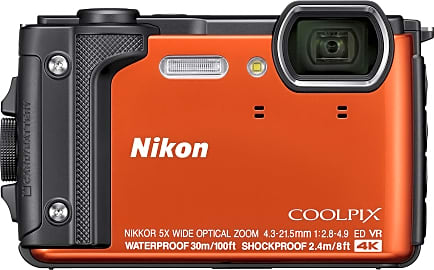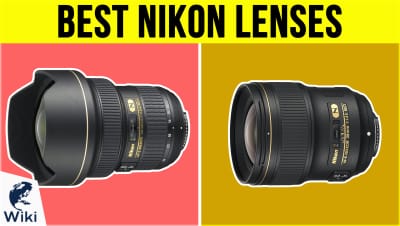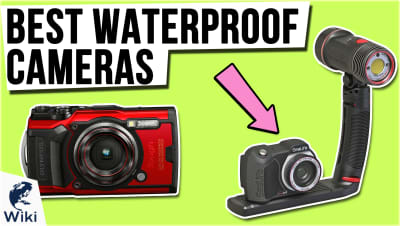The 10 Best Nikon Cameras

This wiki has been updated 34 times since it was first published in January of 2018. Nikon is one of the few names in the photography industry whose reputation has been earned over decades spent producing great cameras and lenses. These models represent the best that the company has to offer in a number of categories, from their rugged point-and-shoots to professional DSLR bodies, ranked here by their image quality, durability, user interfaces, and special features. When users buy our independently chosen editorial selections, we may earn commissions to help fund the Wiki.
Editor's Notes
December 13, 2020:
Nikon's mirrorless series has continued to evolve, with the Z 7II FX-Format and Z 6II FX-Format serving as updates to the original cameras in that range. What's incredible about the Z 7II is that it's actually less expensive than its predecessor (by about 25 percent), despite the fact that it has dual Expeed 6 processors to the Z 7's one, as well as a 900-second maximum shutter speed to the other model's mere 30 seconds.
The company also released the Z50 Compact, an APS-C mirrorless body that can compete with the likes of offerings by Fuji and Olympus by offering reliable low-light performance and a small form factor that's compatible with some of the best lenses in the business. It sits in the mirrorless equivalent of the DSLR space occupied by the D500 DX, as a deceptively simple camera with pro-level features in a more compact and portable body that most of the company's priciest offerings.
June 12, 2019:
While the big numbers in Nikon's lineup have remained largely the same since our last ranking (the D5 and 850, for example), there have been two particularly noteworthy additions to the company's offerings: The Z6 and Z7 mirrorless bodies. These represent the first major foray into a full-frame mirrorless system for the brand, with a new mount design and a new line of high-quality lenses to match. In the end, we chose to include only the Z7 in our ranking, as the two bodies share a few too many similarities, with their major differences being qualitative in favor of the Z7. This is in contrast to something like Sony's lineup of mirrorless bodies, each member of which seems tailored for a different segment of the shooting public depending on whether you want more video capabilities, stills resolution, or performance speed.
One other upgrade worth mentioning is the new A1000, which seeks to take a bite out of the pocket prosumer market with its raw image processing and long optical zoom, but you might find its sensor size to be a serious limitation.



